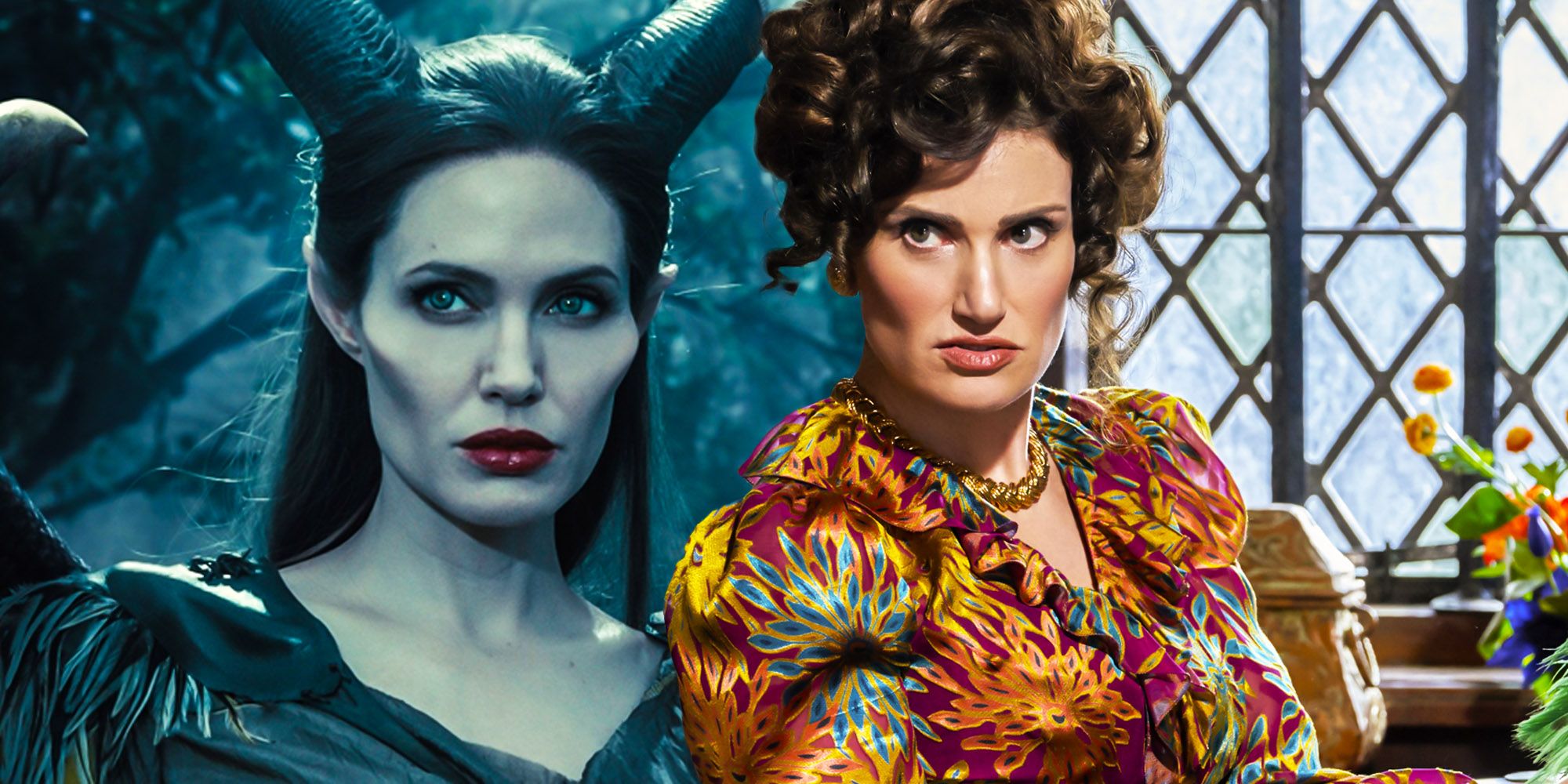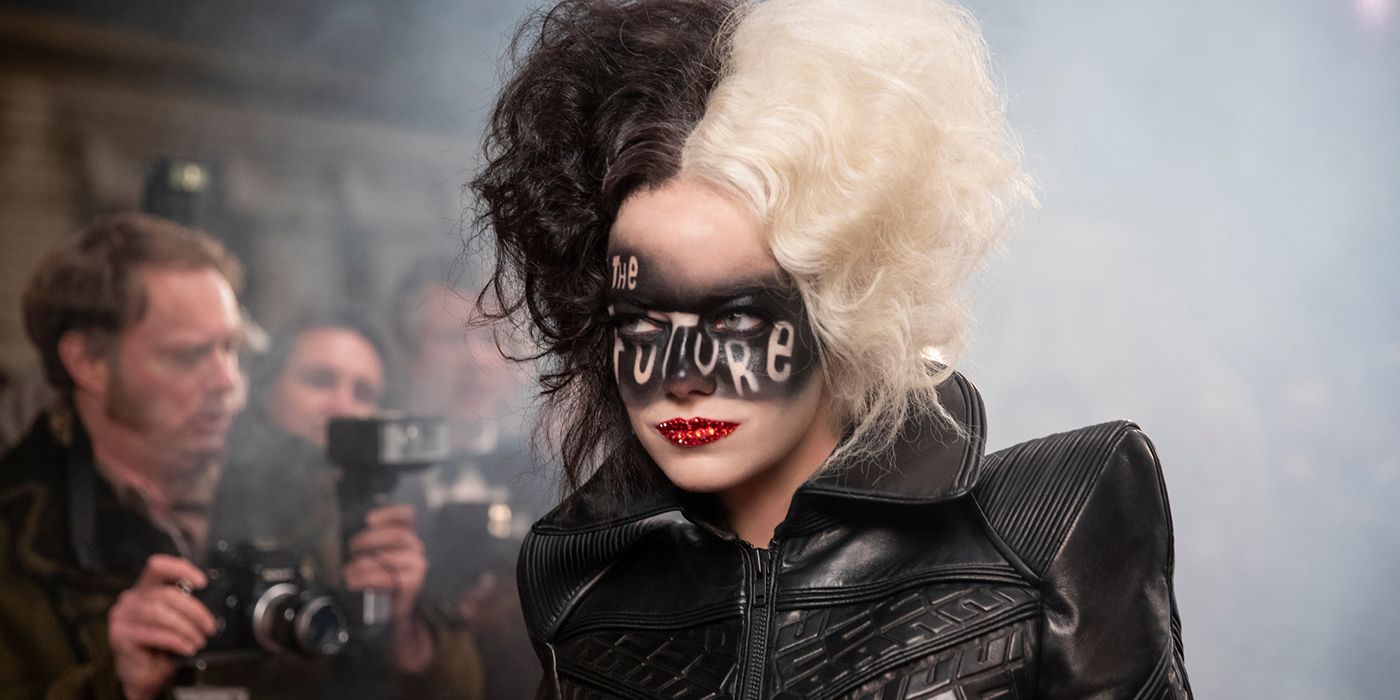Cinderella copies Disney’s female villain trend and both need to stop. Amazon’s Cinderella, written and directed by Kay Cannon, is a new musical adaptation of the classic tale, which was popularized in the English-speaking world by Charles Perrault. While the film is focused on its titular character, Cinderella takes a page from several Disney live-action remakes and it’s getting to be a bit of a problem when it comes to telling certain narratives.
Most every iteration of Cinderella has an evil stepmother role — the widowed woman who treats her stepdaughter poorly and with no affection following the death of her husband. The evil stepmother sees Cinderella as competition for marrying off her daughters and is, in most cases, fairly abusive (to the extent that a fairytale character can be anyway). 2021’s Cinderella changed that a bit by showing her stepmother, Vivian (Idina Menzel), in a more sympathetic light. In this iteration, Vivian mistreats Cinderella because she wants her to understand how hard life can be for a woman; Vivian had dreams just like her stepdaughter, quashed by her husband and forced to marry once more for money and to remain her status in life.
Cinderella tries to make excuses for Vivian’s behavior towards Cinderella, thwarting her dreams because she doesn’t want her to be disappointed. This isn’t to say that the wicked stepmother role can’t have any nuance, but the film undermines her mistreatment of Cinderella, offering up an excuse so that the audience sees her as a misunderstood individual instead of cruel. However, women characters should also be able to be villains without trying to alter their narrative. The film follows the same vein as Disney’s female villain trend, which is especially noticeable in live-action remakes like Maleficent and Cruella. In both films, the villains’ origin stories are reframed, positioning each character so that they’re perceived as being misjudged rather than actually terrible people with cruel intentions.
In Cruella, the filmmakers create a stand-in for the Cruella de Vil from the animated One Hundred and One Dalmatians in Emma Thompson’s Baroness von Hellman, giving her the traditional characteristics of the dog-hating antagonist so as to absolve Cruella herself from heinous deeds. Here, Cruella is more of an antihero than a villain, essentially stripping her of the responsibility and agency she has as a woman who just so happens to be bad. The thing is, though, is that it’s okay for women to be villains. The wicked stepmother, Maleficent, and Cruella can all be three-dimensional characters without taking away from the very characteristics that make them the recognizable figures they are.
Sure, it can be understood why they are the way that they are, but that shouldn’t mean having to excuse Cruella, Maleficent, and the stepmother’s awful behavior — behavior that negatively affects the lives of others and makes them worse. These are characters whose actions cannot always be justified (and that's okay). Turning them into misunderstood people while villainizing others to lessen the blow of their own cruelty needs to end. Cinderella could have added depth to Vivian’s story without infringing on her being a villain and it’s a trend that will hopefully not continue in future films.


